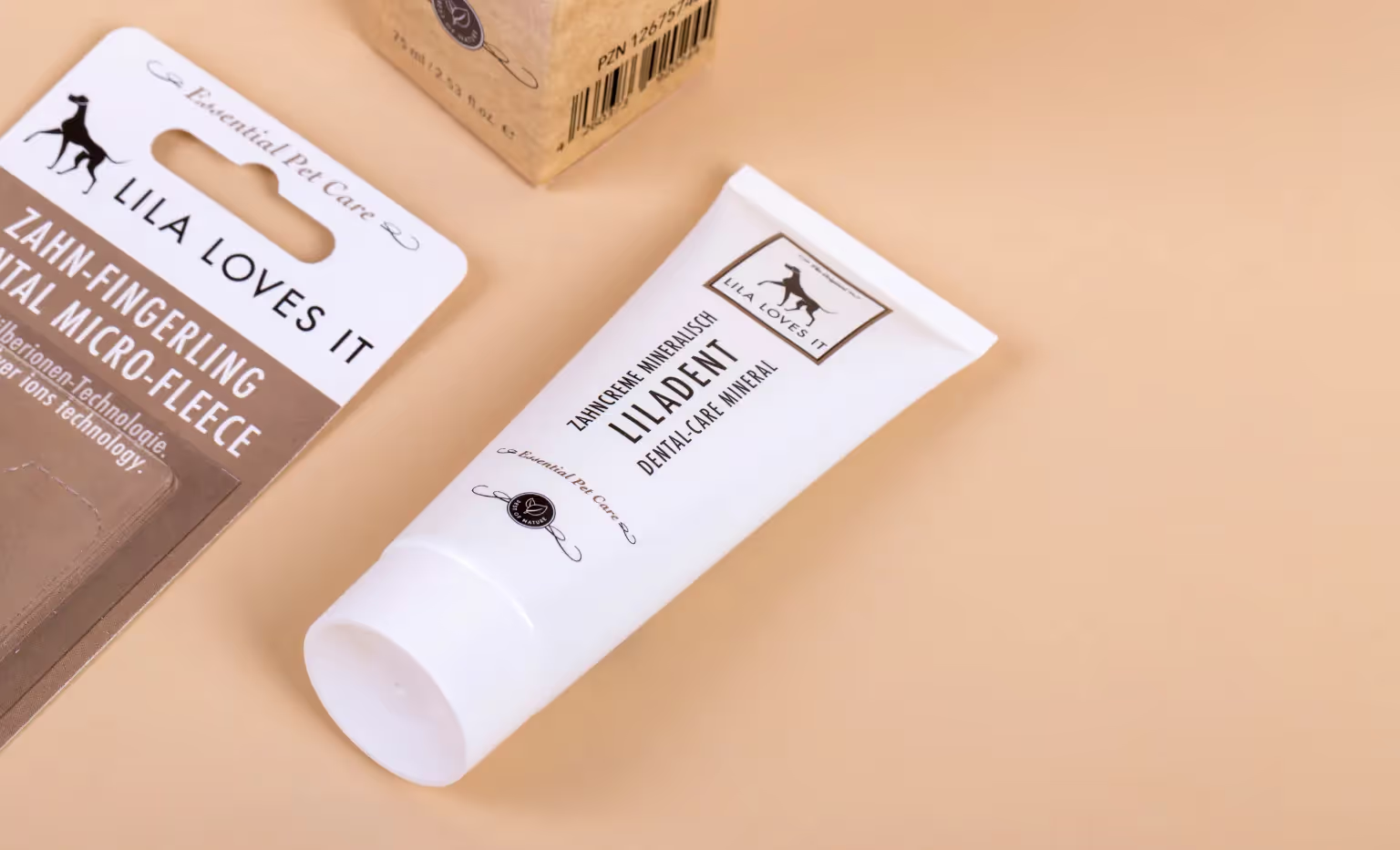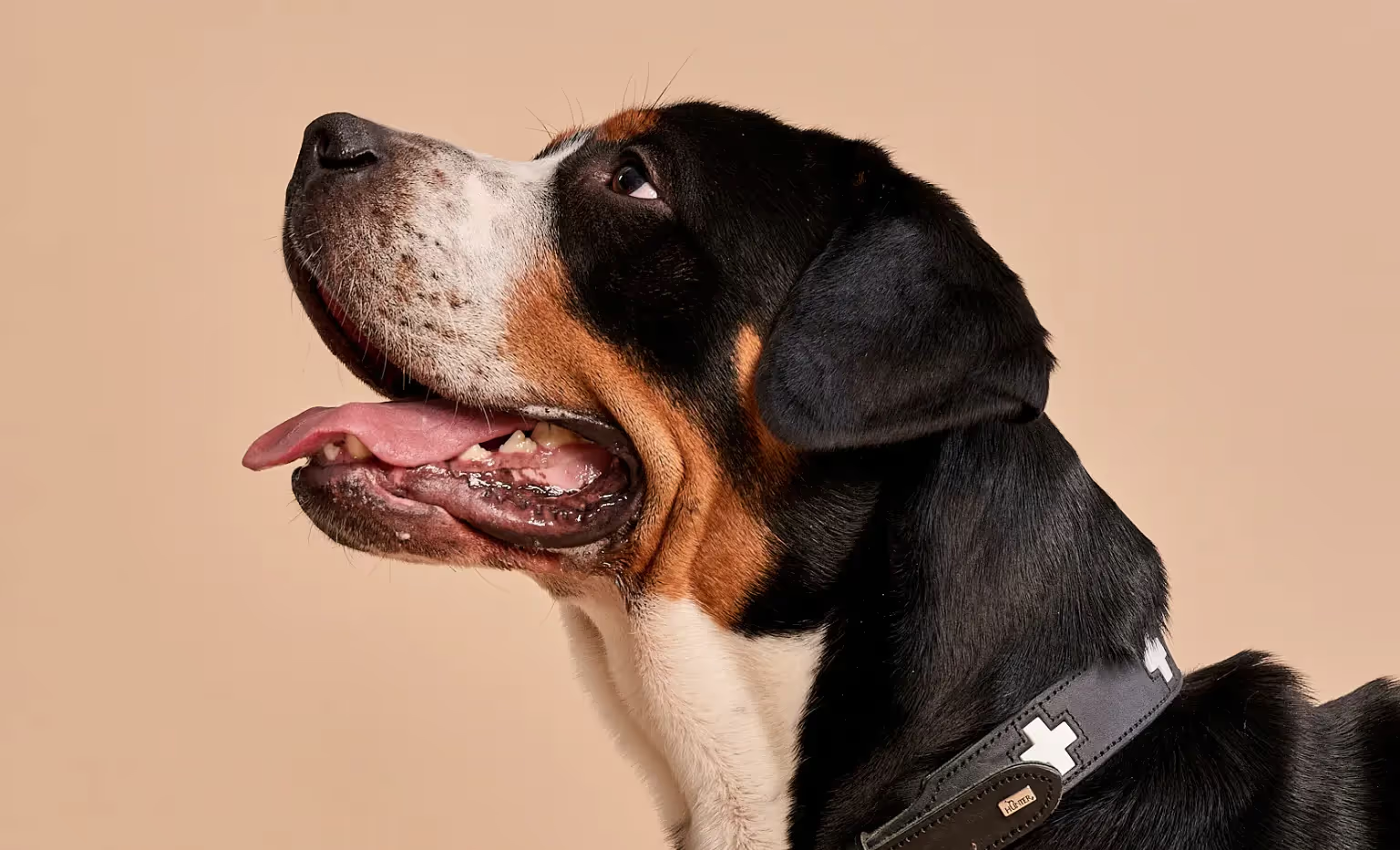Brushing dogs teeth - That's the right way.

Does your dog have bad breath? This may be a sign of hidden dental problems or that teeth need to be cleaned by a vet. However, to keep your pet's teeth in check between annual checkups, you can use dog-specific toothbrushes and toothpaste, dental treats and bones, chew toys, and water additives. But even if you use these additional measures, you should have your dog's teeth professionally cleaned regularly. Small dog breeds or older dogs will likely have to have their teeth cleaned more frequently because they are closer together.
Preventive dental care for dogs is only a fraction of the cost of treating dental diseases. As more and more dog owners recognize this, more and more pet owners are taking care of the dental care of their loved ones. And since 8 out of 10 dogs show signs of dental disease by their third birthday, it makes sense to take care of your dog's dental health beforehand. Brushing your dog's teeth is the most effective way to combat plaque before tartar is formed — a process that takes 24 to 48 hours.
How to brush your dog's teeth
You should a dog-specific toothbrush use. If you can't find a special dog toothbrush, try a soft-bristled children's toothbrush or a finger toothbrush. Combine this with a dog-specific toothpaste. Never use toothpaste that is intended for humans. Baking powder and salt should also never be used as toothpaste additives for dogs, as they can be harmful to your dog. Your dog is also more susceptible to dog toothpaste, which usually tastes like poultry or another flavor that dogs appreciate.

step-by-step
1. Place yourself in an unthreatening position.
To start brushing your teeth, kneel or sit next to your dog's head. You shouldn't harass your darling or
restrain. As a result, he only becomes anxious and associates brushing his teeth with being held.
2. Get your dog used to light pressure on his teeth and gums first.
If you've never brushed your dog's teeth before, start by rubbing your finger over the teeth and gum line. This allows your dog to get used to having his teeth touched. Don't be surprised if your dog doesn't like it so much. If he is particularly stubborn, try to get him used to it slowly by touching his teeth over several sessions before using the toothbrush.
3. Let your dog try the dog toothpaste.
Once your dog has accepted that you touch their teeth, have them test the taste of the dog toothpaste. If he doesn't like the toothpaste you've chosen, you can try different flavors and brands until you find one he likes.

4. Start brushing and make sure you don't apply too much pressure.
Gently apply the toothbrush at a 45-degree angle to the gum line. This makes it easier to remove plaque compared to placing a toothbrush flat on the tooth. Make gentle, circular movements across all upper and lower teeth. Be gentle and comforting throughout the process, and always end the process with a treat and praise.
Try brushing your teeth every few days or once a week.
note:
Some bleeding may occur during this process. Monitor the status of the bleeding to make sure it isn't severe. Minor bleeding is normal, but heavy bleeding may be a sign that your dog is developing periodontal disease. If you have severe bleeding, contact your vet as soon as possible.


